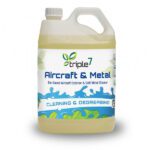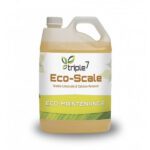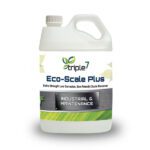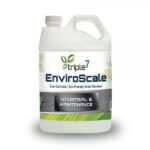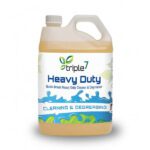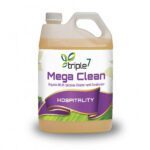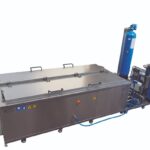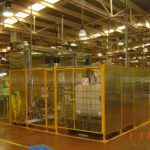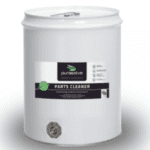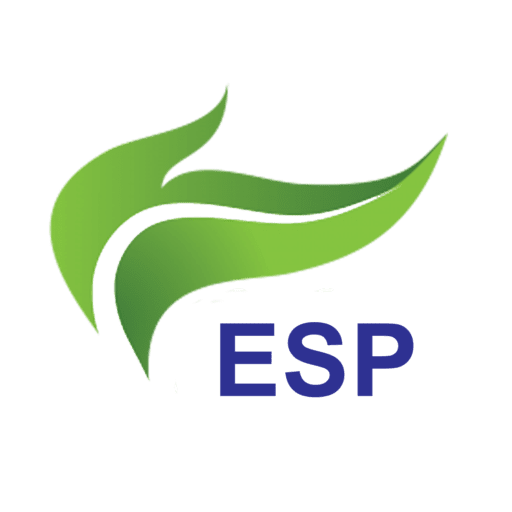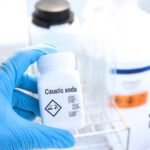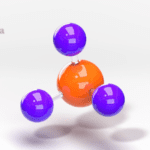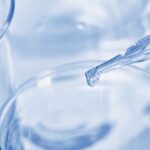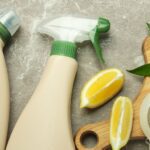Of the toxic solvents, butyl cellosolve is considered the most desirable and difficult to replace. As a water-soluble solvent with an odor that is particularly unpleasant for most users. Attacks both water-soluble stains and water-insoluble fats and oils. The solvent butyl cellosolve is water-soluble. But it is also potent that it is used in degreasers, all-purpose cleaners, degreasers, wax removers, bathroom, tile cleaners, and most of the commercial window cleaners. The majority of butyl glycol is consumed in the paint industry, which uses about 75%. The low volatility solvent allows the coating to dry longer and improve leveling. In addition to being used in printing inks, it is also used as a solvent in textile paints, hydraulic fluids, and printing inks due to its high boiling point. It is also a component of oil drilling and cutting and an essential component of the oil spill dispersant Corexit 9527.
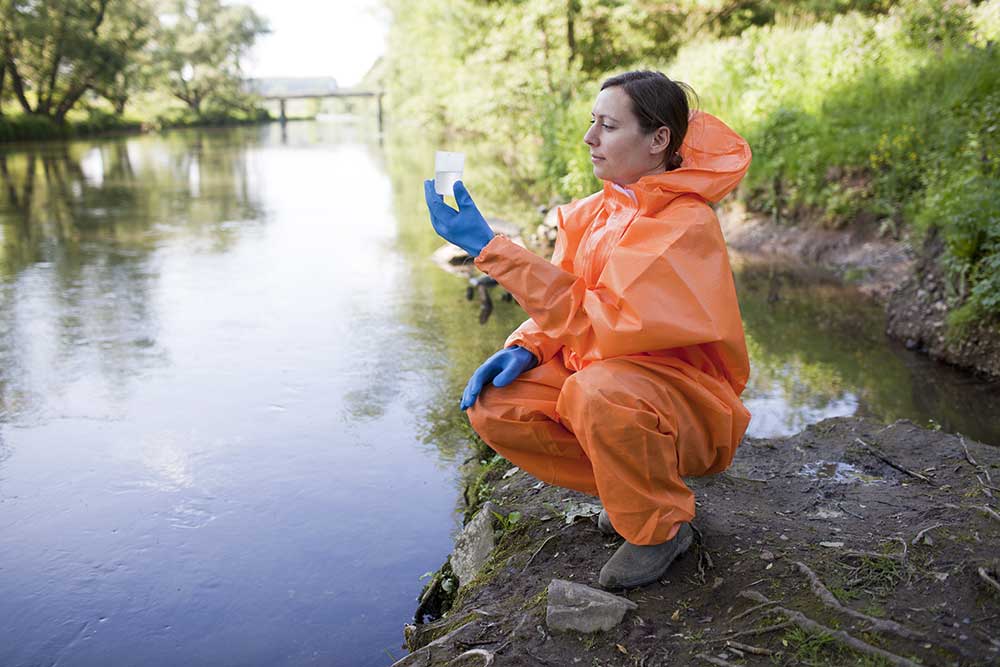
Why Should You Consider Replacing Butyl Cellosolve with an Alternative Product?
Butyl Cellosolve is a product that is used in many industrial applications. It has a wide range of uses and is often found in insecticides, paints, and varnishes. Butyl Cellosolve is also used as a solvent or diluent for other substances and it can be found in paints, lacquers, and varnishes.
Butyl Cellosolve can cause severe health effects over time because it contains toxic chemicals to humans. Butyl cellosolve is extremely dangerous when ingested by humans as it can damage the liver and kidneys. In addition, this substance irritates the mucous membranes of the eyes, nose, and throat, for example.
You should use alternative products instead of butyl cellosolve because they are safer for human health and the environment. According to a study conducted by the Agency for Toxic Substances and Disease Registry, butyl cellosolve destroys red blood cells in animals and humans, damaging organs such as the kidneys, spleen, and liver. This substance has also been shown to cause reproductive disorders and congenital disabilities in animals. During the study, a small number of offspring, underdeveloped bones, changes in the estrous cycle, and cleft palate were observed.


Safe Alternative to Butyl Cellosolve
Cornerized ethanol has contributed to an increase in component substitutions to replace formulations that previously contained butyl cell solutions. Companies such as Envirofluid, DuPont, and ClearWater are investing in constructing plants that produce ethanol from corn cobs and stems instead. In addition, DuPont promises to recycle over 7,000 tons of agricultural waste each year.
Envirofluid continues to study oleo-based chemistry. The use of other botanical ingredients such as palm oil, soybeans, lime extract, and citrus fruits is biodegradable and functions as efficiently and powerfully as the famous chemicals they have replaced. Form the basis of the cleaner.
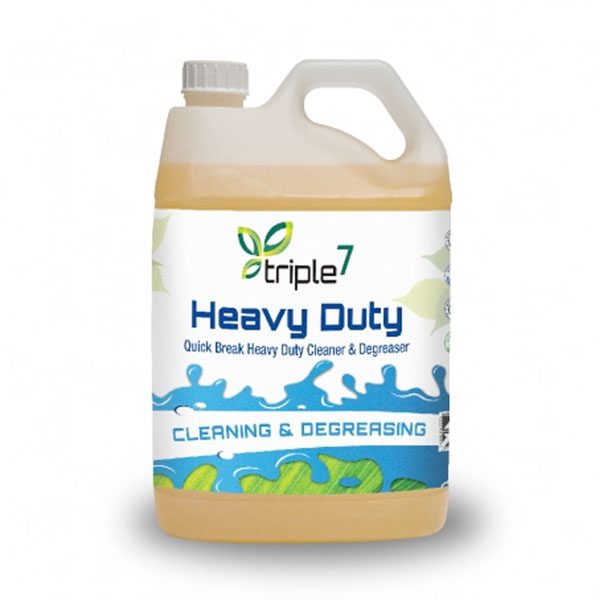

Online Portals for information on Safe cleaning solutions
The good news is that today there are many safer alternatives to toxic ingredients. However, it’s not easy to determine which is really healthy or intended to look like that. The Environmental Working Group plays a central role in the American market. In the Healthy Cleaning Guide, over 2,100 household cleaners have been evaluated and tested for health and environmental compatibility.
The EWG not only lists the top products in each cleaning category, from dishwashing and laundry detergents to kitchen and bathroom cleaners, floor and furniture care but also finds consumer-friendly product labels and ingredient lists. We also provide a proper “label decoder.” These products can be found both online and in Whole Foods and other markets that sell health or natural products.
In addition, the EWG maintains a shameful list of cleaning products that have misleading label information, contain dangerous ingredients, or are banned abroad but still available in the United States. The Environmental Working Group makes all this information available for free on its website. For a small fee, you can get a wallet card with hints on the labels of household cleaning products.

